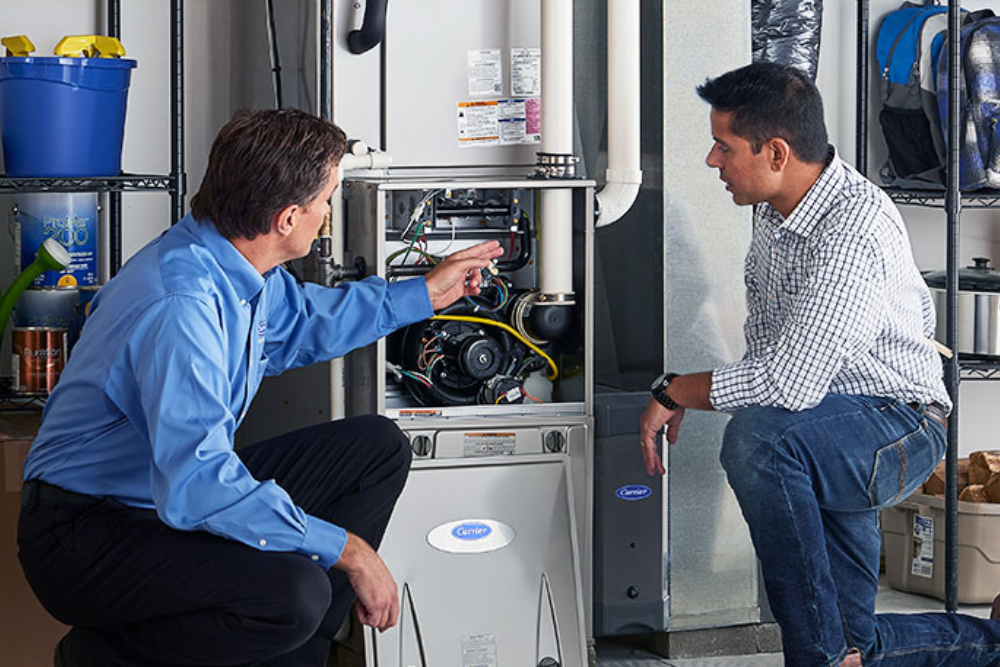How Often is Too Often to Repair a Furnace?
Maintaining a functional furnace is crucial for keeping your home warm and comfortable, especially during the cold winter months. However, dealing with frequent furnace repairs can be not only inconvenient but also costly. It begs the question: how often is too often to repair a furnace? In this article, we’ll delve into the typical frequency of repair a furnace, strategies to minimize them, signs that indicate it’s time for a replacement, and some additional tips for keeping your furnace in top condition.
How Often Furnaces Typically Require Repairs
Furnaces are complex systems with various components that can wear out or malfunction over time. The frequency of repairs can vary depending on several factors, including the age of the furnace, its maintenance history, and how frequently it’s used. Generally, a well-maintained furnace should only require minor repairs every few years. However, older or poorly maintained furnaces may need more frequent attention.
Common furnace problems that may necessitate repairs include issues with the ignition system, thermostat malfunctions, airflow problems, and worn-out components such as belts or bearings. Ignoring these issues can lead to reduced efficiency, higher energy bills, and even safety hazards such as carbon monoxide leaks.
How to Limit the Number of Furnace Repairs
While some furnace repairs are inevitable, there are steps you can take to minimize their frequency:
- Invest in Regular Maintenance: As mentioned earlier, regular maintenance is key to preventing major furnace problems. Schedule annual tune-ups with a professional HVAC technician to keep your furnace running smoothly.
- Change Filters Regularly: Clogged or dirty filters can restrict airflow and strain your furnace, leading to increased wear and tear. Make sure to replace or clean your filters according to the manufacturer’s recommendations.
- Address Issues Promptly: If you notice any unusual noises, odors, or performance issues with your furnace, don’t ignore them. Promptly address any problems to prevent them from worsening and requiring costly repairs.
- Upgrade to a Programmable Thermostat: A programmable thermostat allows you to regulate your home’s temperature more efficiently, reducing the workload on your furnace and potentially extending its lifespan.
Is it Time to Replace Your Furnace?
Despite your best efforts to maintain your furnace, there may come a time when repairs become more frequent and costly. Here are some signs that indicate it may be time to replace your furnace:
- Age: Most furnaces have a lifespan of around 15-20 years. If your furnace is approaching or exceeds this age range, it may be more cost-effective to replace it rather than continue paying for repairs.
- Increasing Energy Bills: If you notice a steady increase in your energy bills despite no changes in your usage habits, it could be a sign that your furnace is losing efficiency and needs replacing.
- Frequent Repairs: If you find yourself calling for furnace repairs more than once a year, especially for significant issues, it may be a sign that your furnace is nearing the end of its lifespan.







